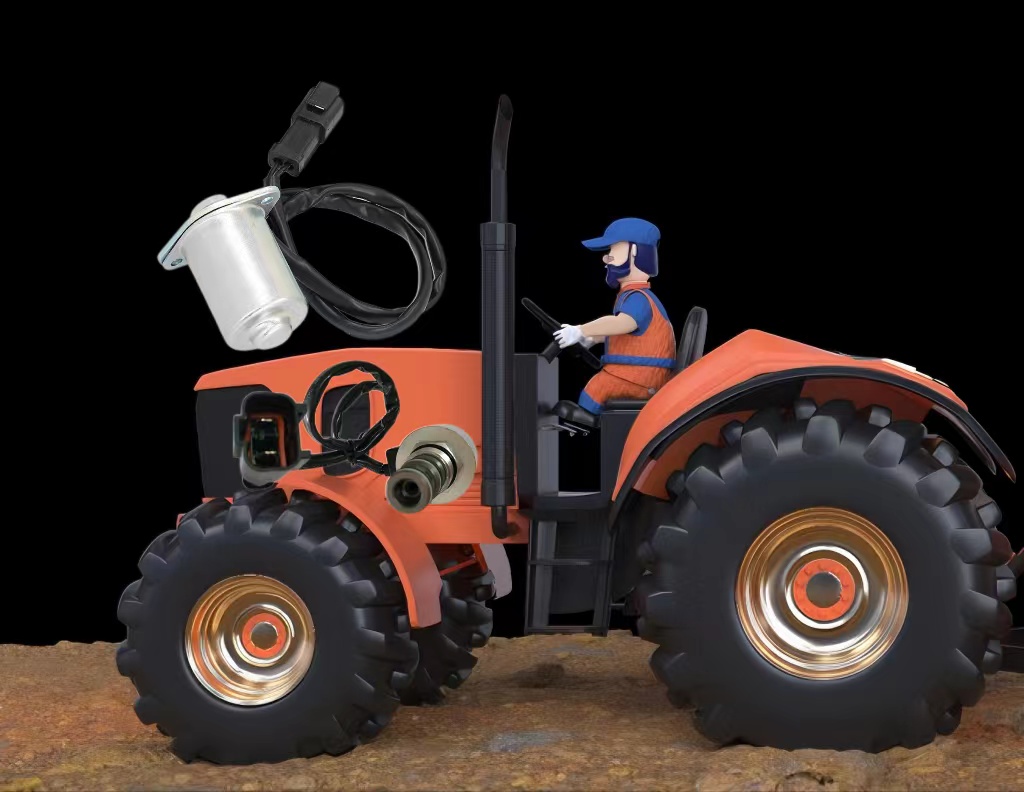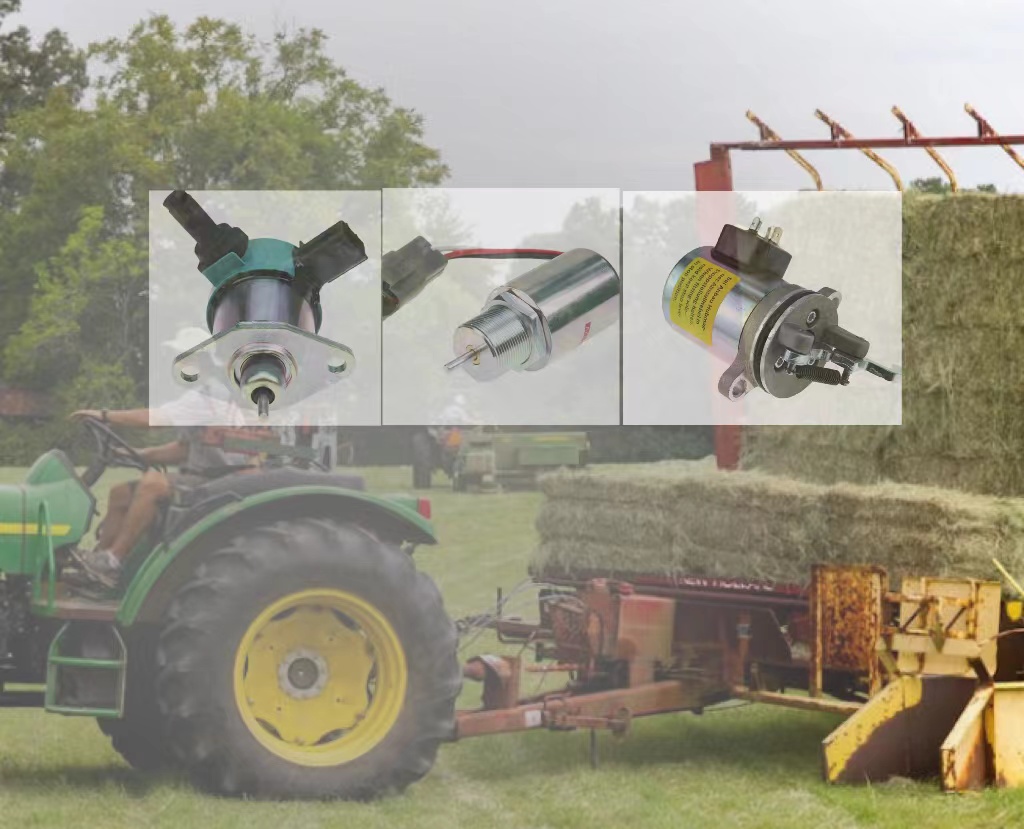What is a radiator?
A radiator for heavy equipment is a type of heat exchanger that transfers thermal energy from one medium to another for the purpose of cooling and heating. It is used in heavy equipment such as construction machinery, mining equipment, and agricultural machinery to keep their engines cool and running smoothly. Radiators help prevent overheating and engine damage by transferring heat away from the engine.
How does a radiator work in heavy equipment?
In heavy equipment, a radiator works by transferring heat from the engine to another medium, usually air or coolant, through a process called convection. The hot coolant from the engine flows through the tubes of the radiator, where it is cooled by the air passing over the fins. The cooled coolant then flows back into the engine to absorb more heat. This cycle continues to keep the engine at a safe operating temperature.
How to choose a good radiator?
When choosing a radiator for your heavy equipment, there are several factors to consider:
- Compatibility: Make sure the radiator is compatible with your specific make and model of heavy equipment.
- Cooling capacity: Choose a radiator with a cooling capacity that matches the heat output of your engine.
- Durability: Look for a radiator made from durable materials that can withstand the harsh conditions of heavy equipment operation.
- Ease of maintenance: Choose a radiator that is easy to access and maintain to ensure optimal performance.
It’s also a good idea to consult with the manufacturer or a qualified technician to ensure you choose the right radiator for your heavy equipment.
What are the bad radiator symptoms?
- Overheating engine: If the engine is consistently running hot or overheating, it could be a sign that the radiator is not effectively cooling the engine.
- Coolant leaks: If you notice coolant leaking from the radiator or under the heavy equipment, it could be a sign of a damaged or corroded radiator.
- Low coolant levels: If the coolant level is consistently low, even after topping it off, it could be a sign of a leak in the radiator or cooling system.
- Discolored or contaminated coolant: If the coolant appears discolored or contaminated with debris, it could be a sign that the radiator is corroded or damaged.
If you notice any of these symptoms, it’s important to have your radiator inspected and repaired or replaced as necessary to prevent further damage to your heavy equipment.
How to clean radiator?
- Turn off the engine: Make sure the engine is turned off and cool before attempting to clean the radiator.
- Remove debris: Use a soft brush or compressed air to remove any debris such as leaves or dirt from the exterior of the radiator.
- Flush the radiator: Drain the old coolant from the radiator and use a radiator flush solution to clean the inside of the radiator. Follow the instructions on the flush solution and make sure to flush the radiator thoroughly with water afterwards.
- Refill with fresh coolant: Refill the radiator with fresh coolant according to the manufacturer’s specifications.
It’s important to regularly clean and maintain your radiator to ensure optimal performance and prevent overheating. Consult your heavy equipment’s owner’s manual for specific instructions and recommended maintenance intervals.
In conclusion, with temperatures on the rise, it’s important to regularly check and replace your radiator to ensure optimal performance. If you’re in need of a new radiator, now is the perfect time to buy one. FridayParts is currently holding a sale on cooling systems, offering great deals on high-quality radiators. Click here https://www.fridayparts.com/catalogsearch/result/?q=radiator to find the best price for your needs.







Leave A Comment